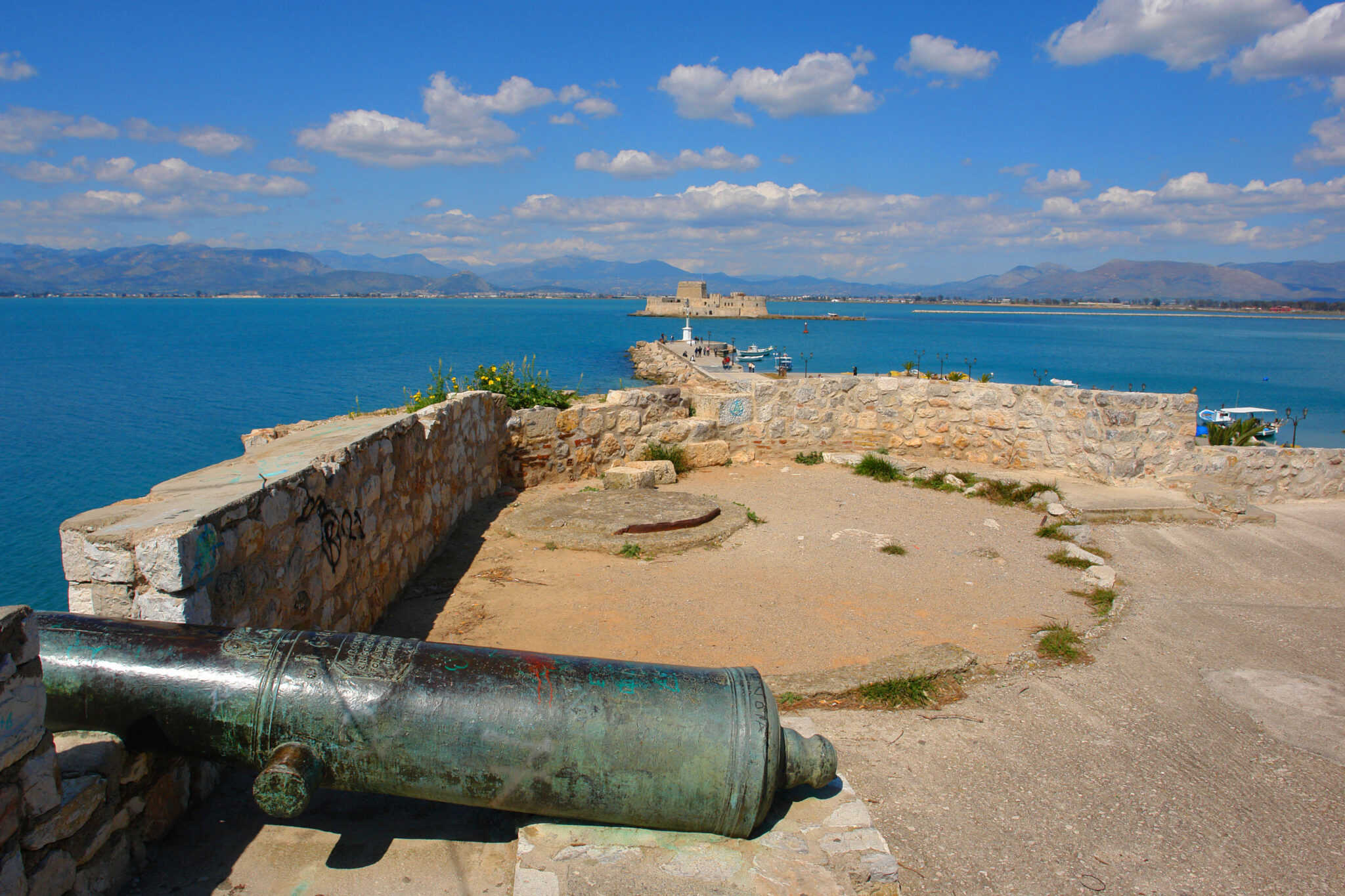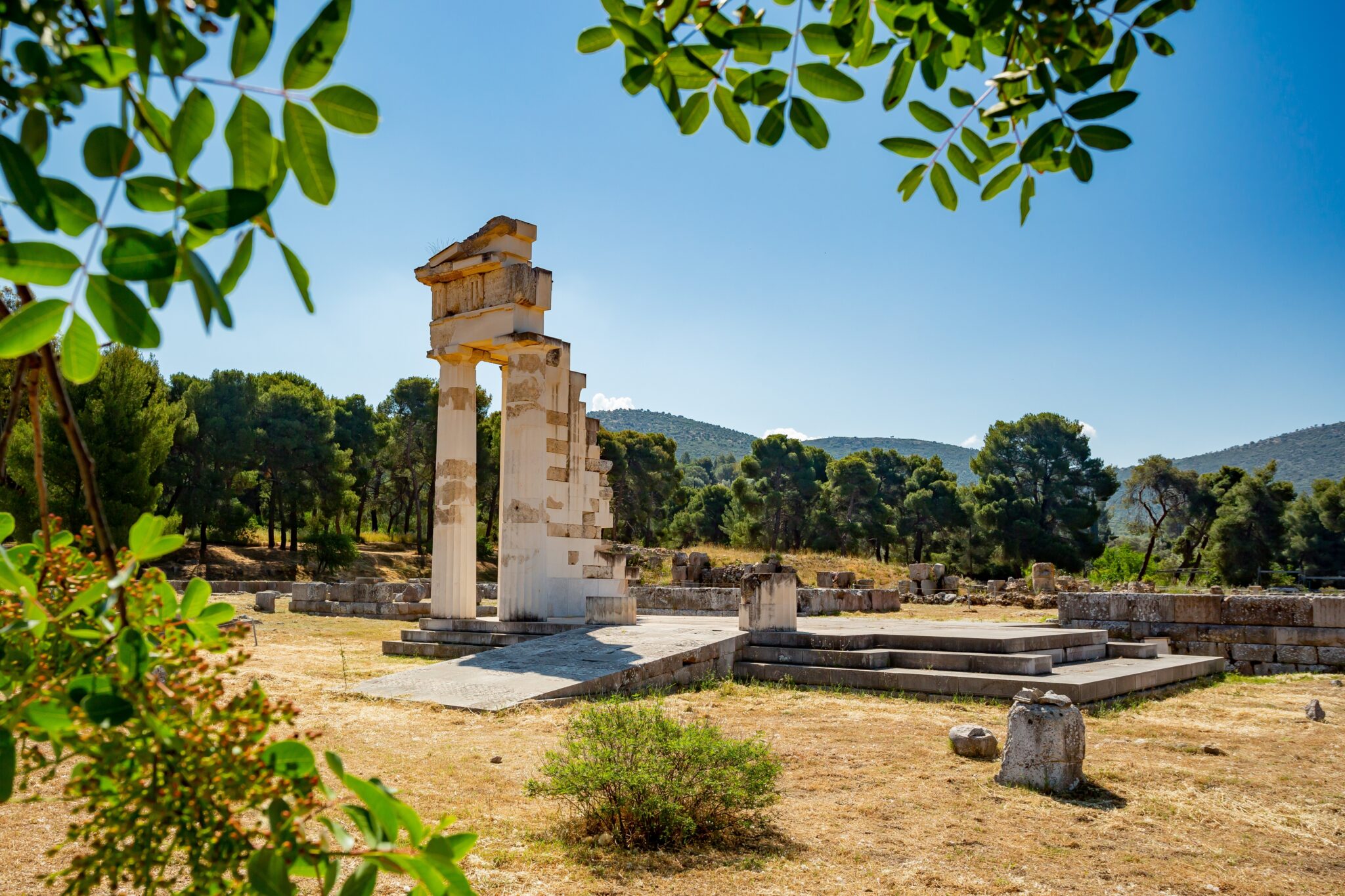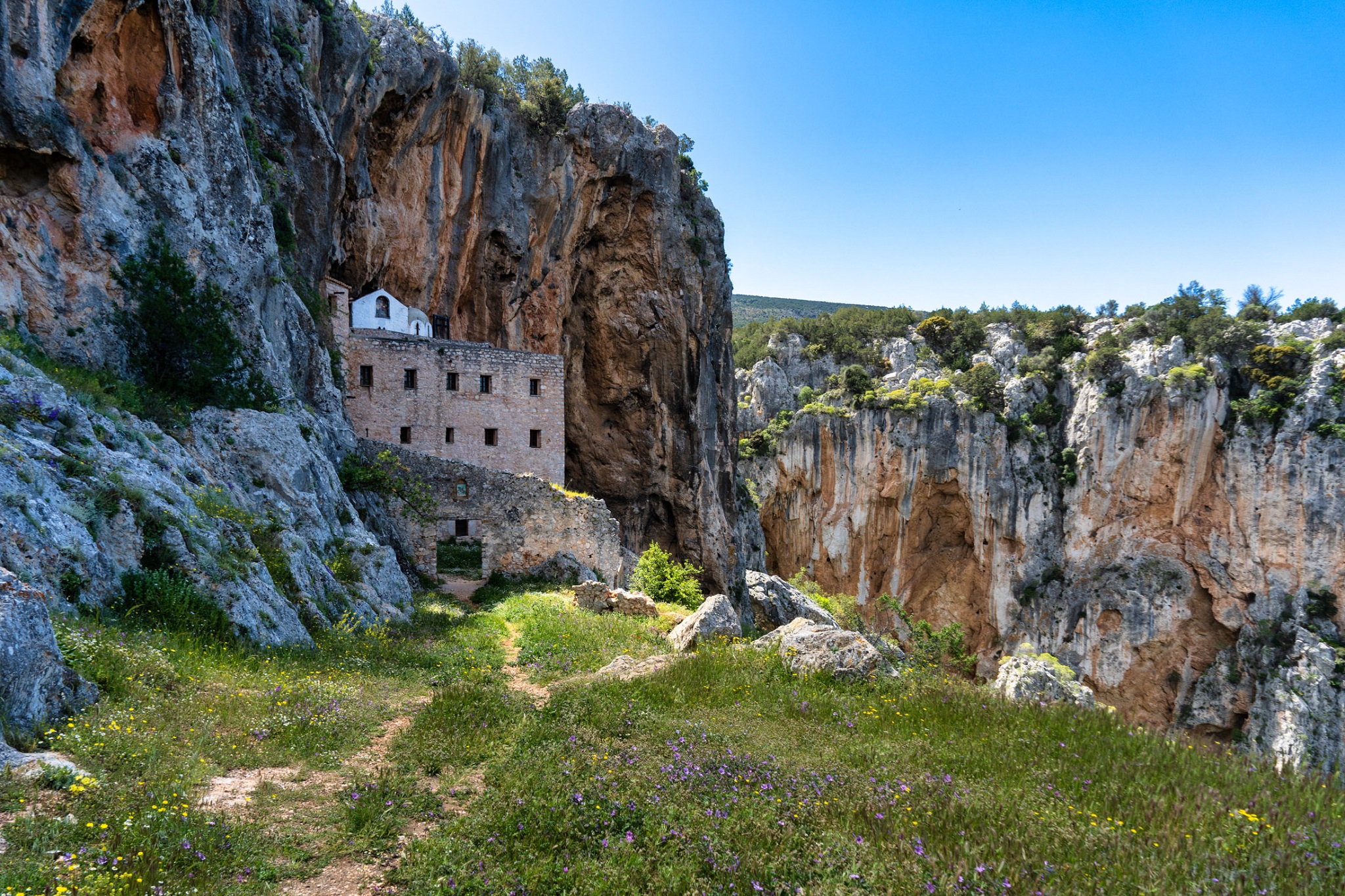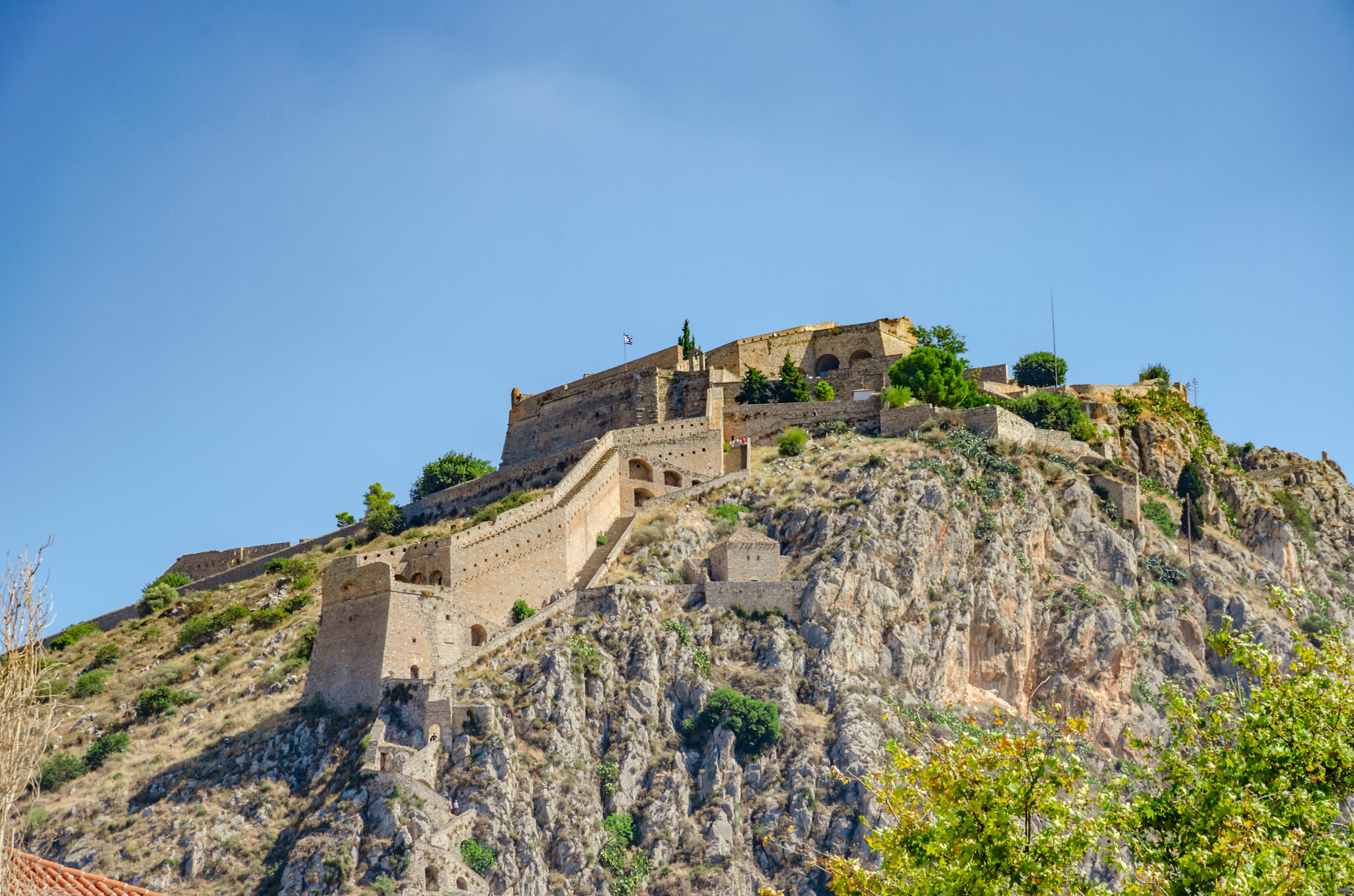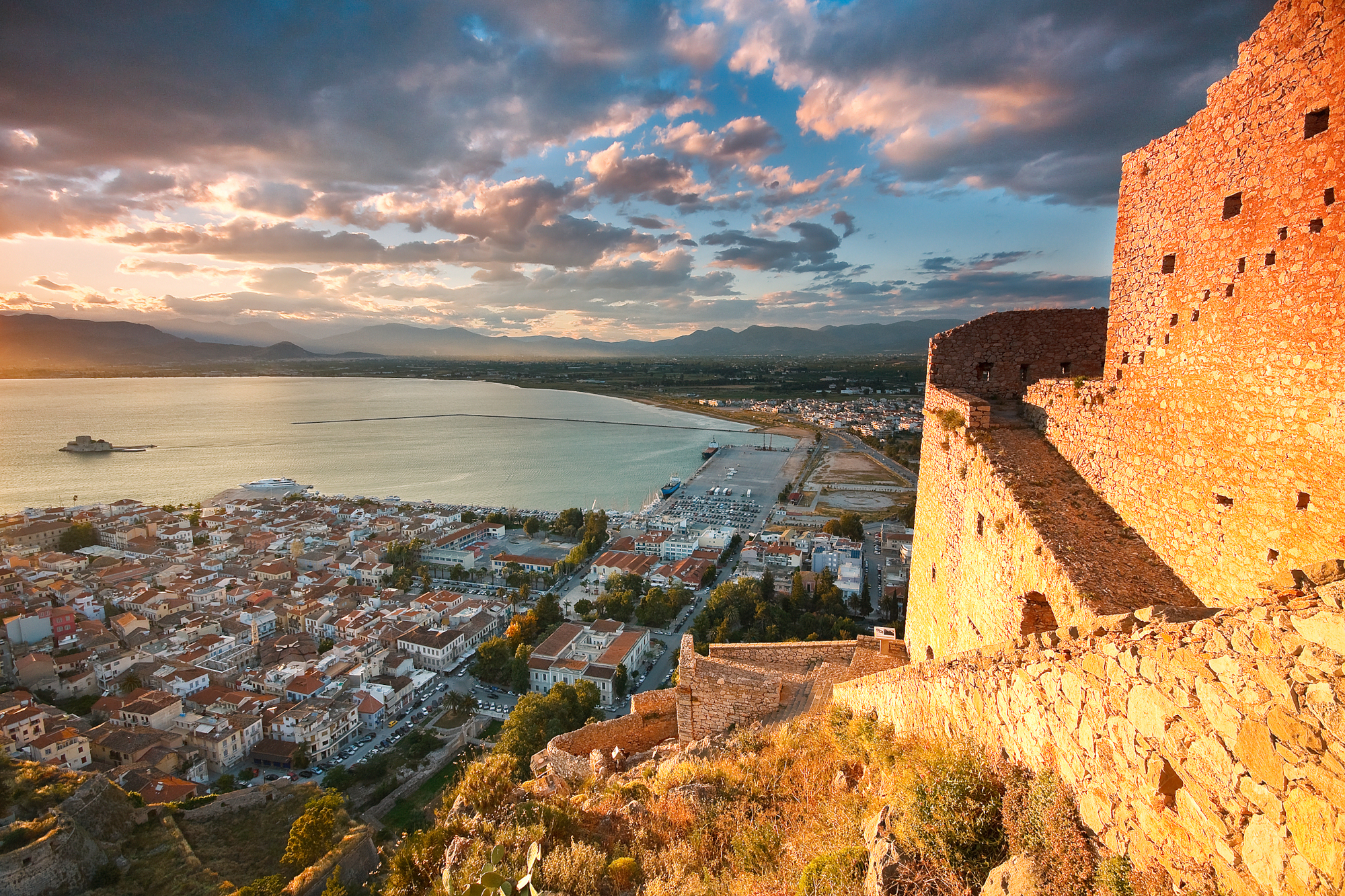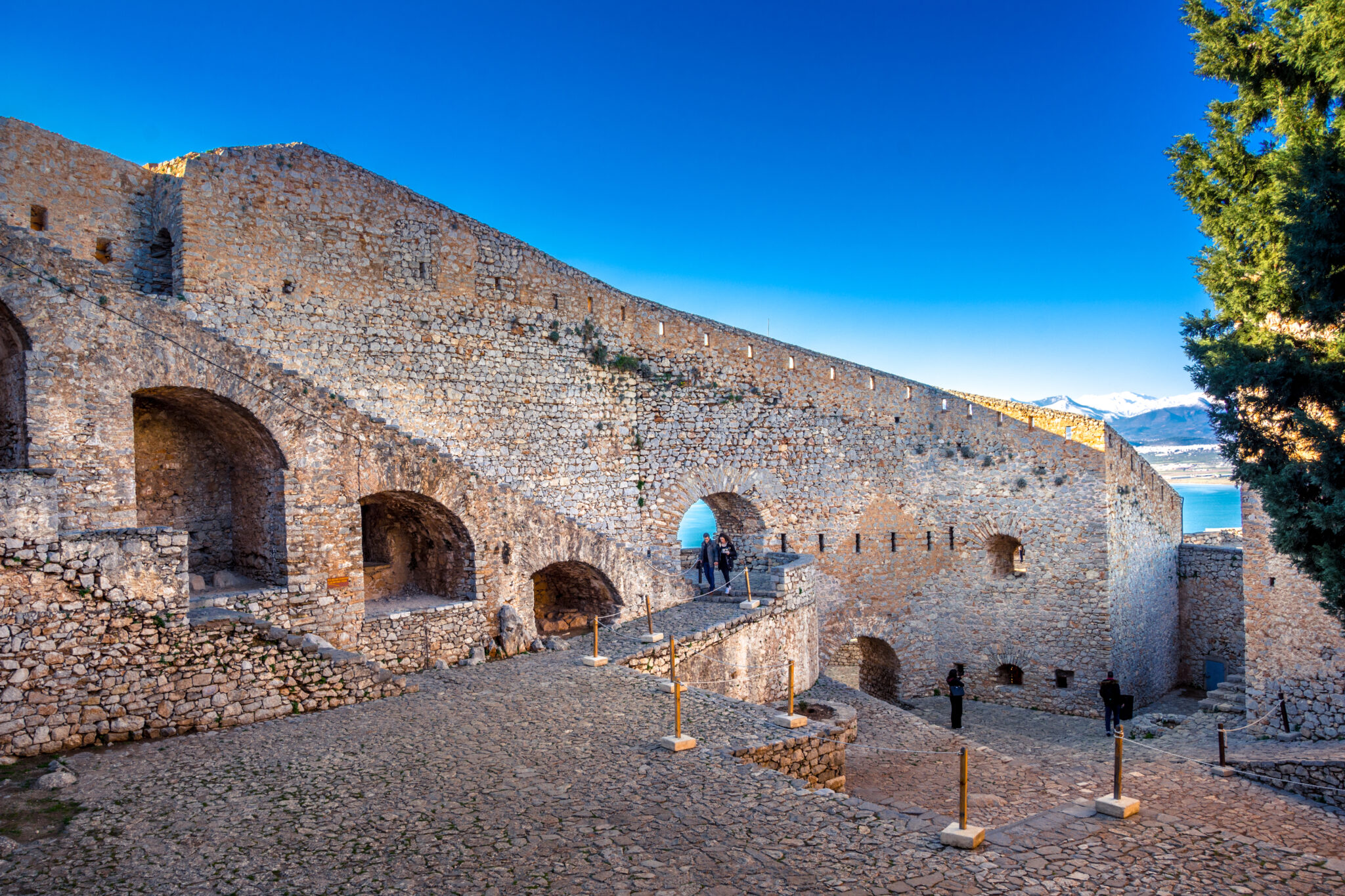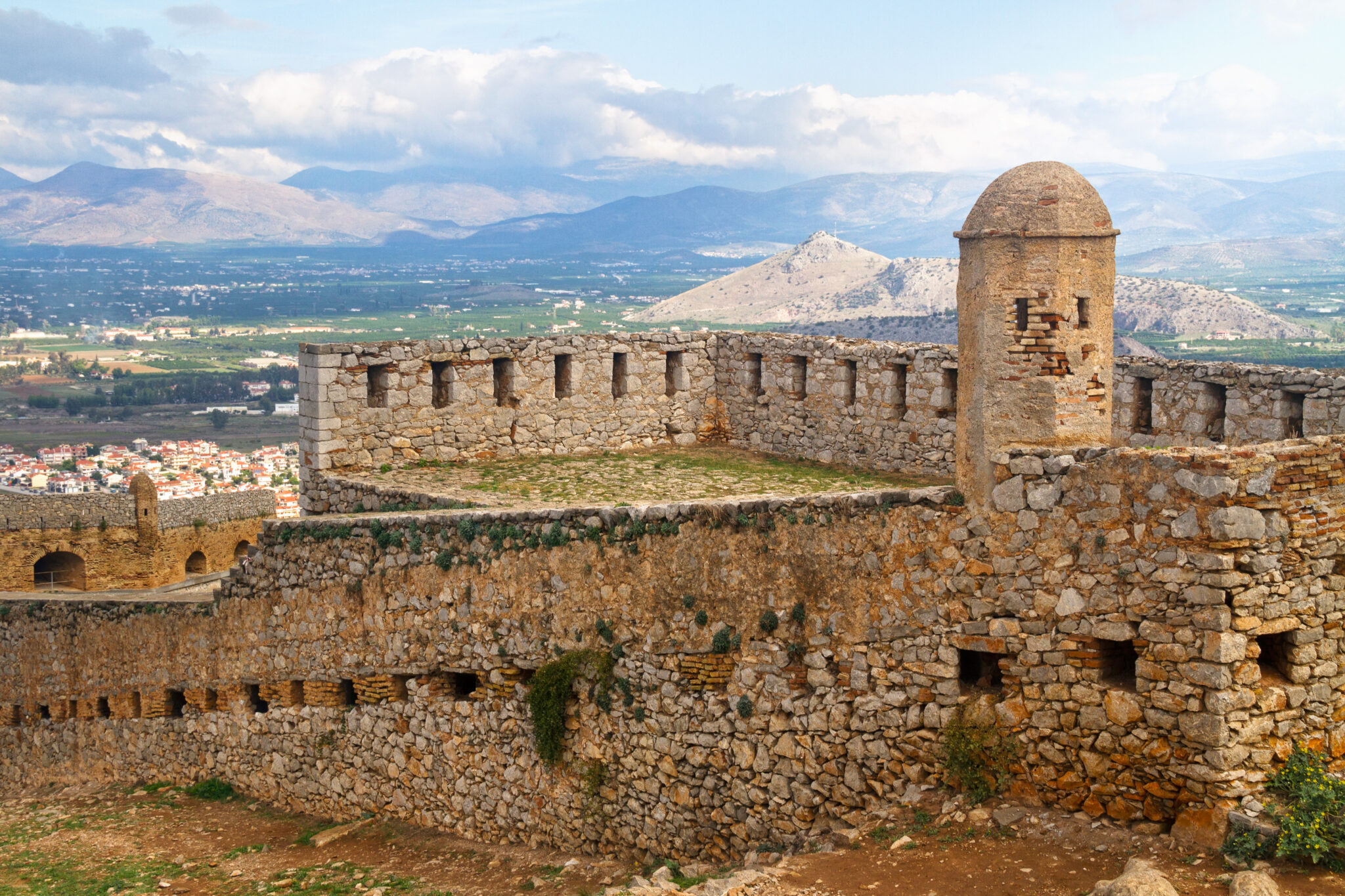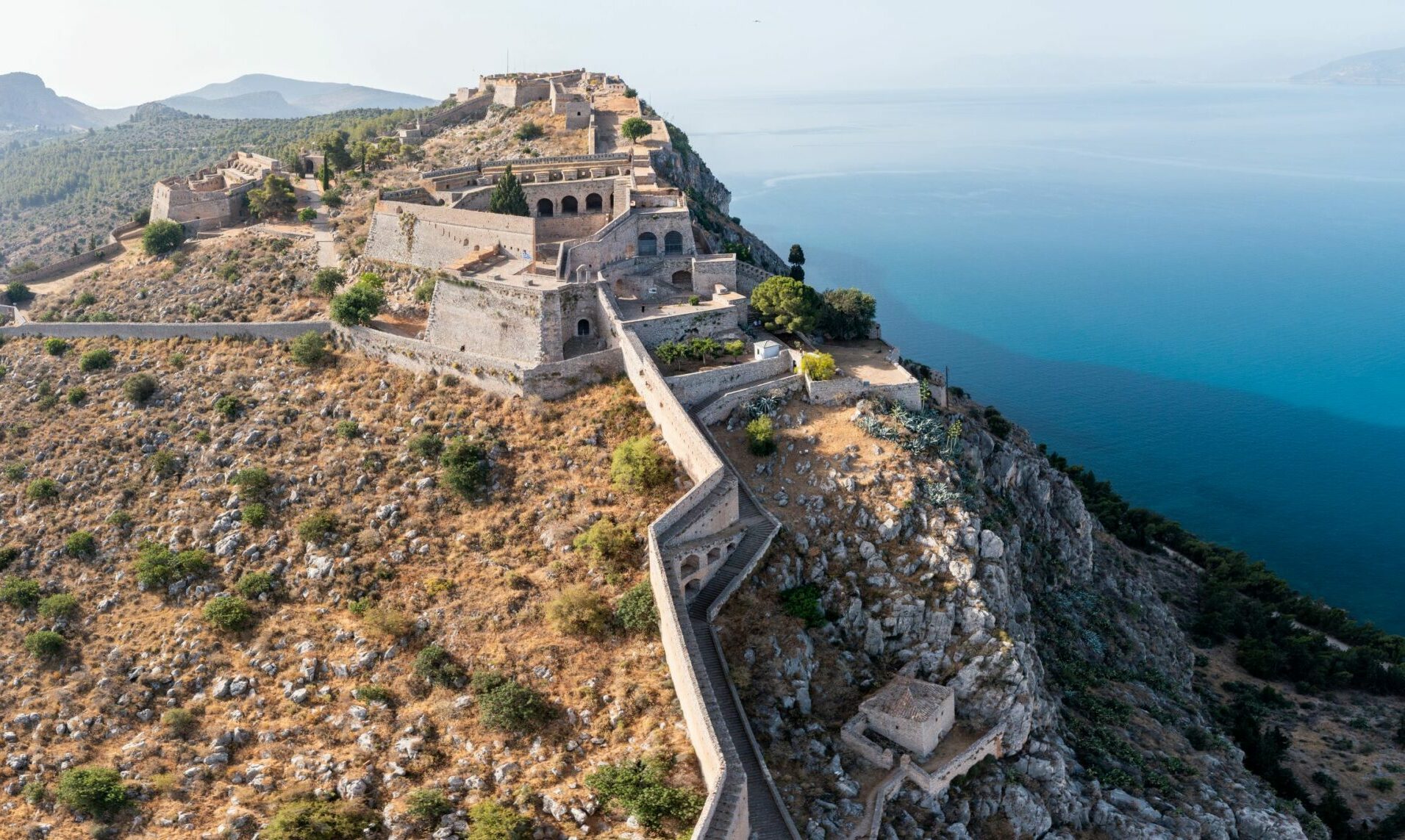Palamidi stands as an imposing fortress, a testament to Venetian engineering finesse. Situated on a hill 216 meters above the town of Nafplio, Greece, this castle is a sight that demands attention and respect.
Constructed by the industrious Venetians, who knew a thing or two about building formidable fortifications, this castle overlooks the town and provides a strategic vantage point, making it a crucial stronghold in times past. As for its history, it’s safe to say Palamidi has witnessed more than its fair share of intrigue and power struggles, adding a layer of compelling drama to its already impressive stature.
Let’s start with the basics: the castle was built in 1714 by the Venetians. And not just any Venetians, but ones so efficient that they completed the project within three years. It’s hard to imagine getting a bookshelf from IKEA built in that time, let alone a castle. Their handiwork is apparent in the fortress’s strategic position, with commanding views over the city of Nafplion, the port, the fortress of Acronafplia, and the entrance to the Gulf of Argolis. Safe to say, they didn’t choose the location for its mild weather.
This castle wasn’t just a fancy project to keep the Venetians occupied. It was a critical defense point during their second occupation of the area. Its creation was overseen by Morosini, the conqueror of the city. The castle stood strong and grand until 1715, when it fell into the hands of the Turks. They held onto it until 1822 when the Greeks decided it was their turn to play castle-keepers.
Palamidi also played a significant role in the Greek Revolution. It was seized in the very first year (1821), as the leaders rightly guessed that its possession would offer the Revolution a strategic stronghold. After a series of failed attempts, Staikos Staikopoulos and his merry band of 350 soldiers managed to conquer it on the night of November 29th, 1822. This event is celebrated annually on November 30th.
The castle’s structure is as diverse as its history. Its bastions, initially named after Greek Proveditori, were renamed several times following the changing rulers. Now they bear the names of Greek saints or ancient heroes. And if you’re wondering about those 857 steps that wind their way from the town to the fortress, well, they are just part of the journey. To reach the top, you need to conquer over a thousand steps. But don’t worry, the locals will assure you it’s just 999 steps, probably to keep your spirits up and the local menu specials enticing.
Apart from its imposing presence, the castle also houses significant monuments. The most notable of these is the Church of St. Andrew, cleverly built into one of the fortress’s bastions. And then there’s the prison cell of Theodoros Kolokotronis, a hero of the Greek Revolution, located in the bastion named “Miltiades.”
The castle still proudly stands today, a rugged piece of history etched against the Grecian sky. Despite the passage of time and the relentless battering of elements, it remains remarkably well-preserved, a testament to its Venetian creators’ craftmanship.
Now, if you’re the sort who enjoys a dash of mystery with your history, you’ll love the tale of Palamedes, the castle’s namesake. As legend has it, Palamedes was falsely accused of treason by none other than Odysseas and was executed before Troy fell. His father, Nafplius, sought revenge by dispatching his remaining sons on a mission of seduction, aiming to woo the wives of the other commanders. Amidst all the subterfuge and scandal, only one wife, Penelope, stayed true to her husband, proving that loyalty wasn’t entirely a lost cause in those tumultuous times.
Read also:
Out of Nafplio: Argolid Peninsula’s Timeless Treasures
Nafplio, Peloponnese: Explore Greece’s First Capital



